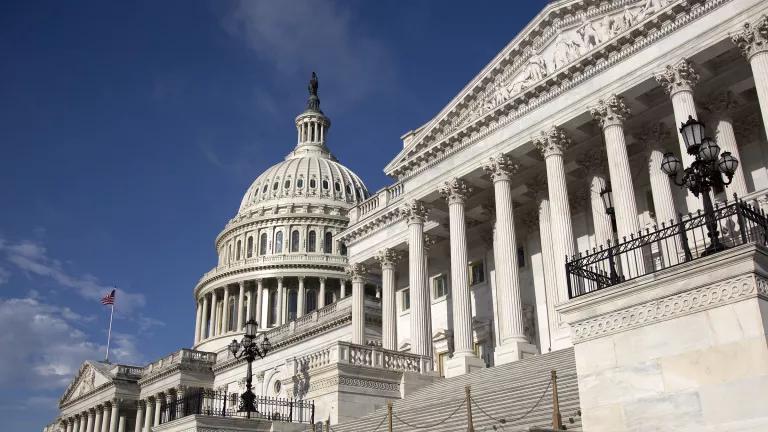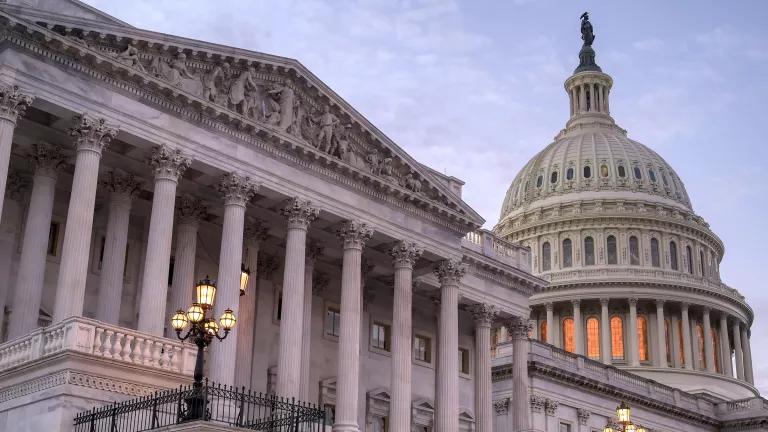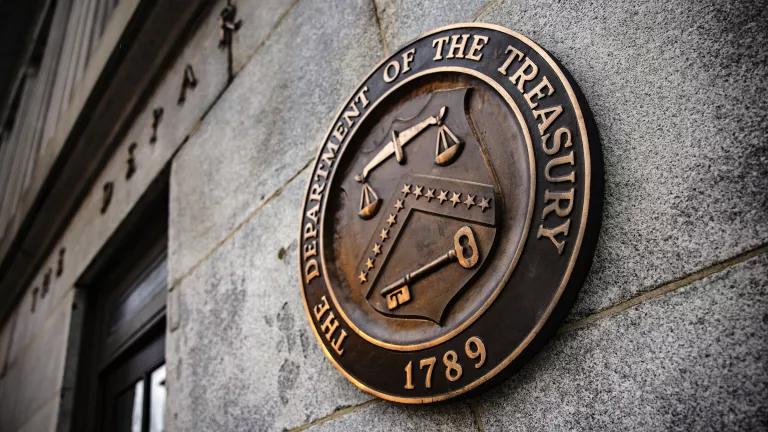Indigenous Leaders at the Frontlines of Environmental Injustice and Solutions
The fight for a healthier planet is inextricably bound up with Indigenous rights. Across sectors and ecosystems, Indigenous leadership is charting the way toward a just and sustainable future.

Keyen Singer Green and Nizhoni Toledi, members of the Confederated Tribes of Umatilla Indian Reservation Youth Leadership Council, recently sent a letter to President Biden calling on the administration to restore salmon habitat in the Columbia River basin. “America made a deal and promised that we would be able to fish forever. We can’t fish if there aren’t any salmon left,” they wrote.
Michael Hanson for NRDC
This blog was co-authored with Jon Devine, Alison Kelly, Taryn Kiekow Heimer, Jade Nguyen, Helen O’Shea, Caroline Reiser, Garett Rose, Jennifer Sherry, Jennifer Skene, and Zak Smith.
In the United States and around the globe, Indigenous communities are leading the fight against the interrelated crises of climate change and biodiversity loss. Indigenous leadership, knowledge, and innovation have been critical to protecting at-risk wildlife, fighting fossil fuels, transitioning to just and sustainable economies, countering destructive environmental rollbacks, and protecting some of the most carbon-rich places on earth.
Today, the ecological peril we find ourselves in is inextricable from the social injustices carried out upon Indigenous communities. Almost anywhere one sits in the United States, the land could tell a story of discrimination against, extraction at the expense of, and efforts to systematically displace and erase its original peoples, whose ancestors have been here since time immemorial and long before European colonialism. Indigenous cultures are often discounted by colonial settlers or even violently attacked by agents of the government. But we must recognize that the pathway to a brighter collective future is necessarily bound up with reconciliation and Indigenous sovereignty.
Here are some of the many places and ways Indigenous peoples are simultaneously at the frontlines of the impacts and the forefront of the solutions to the climate change and biodiversity crises.
Fighting Dirty Extractive Energy Cycles
For far too long, extractive energy sectors—including the fossil fuel and uranium industries—have had social license to decimate communities, pollute entire landscapes, and drive our planet into a climate crisis. However, Indigenous community leaders are advancing collaborations between Native-led organizations, nonprofits, and water protectors across the country to stand up for community health and well-being, natural resources, and culturally significant sites. This includes frontline efforts to protect critically important places, including the Florida Everglades, the Grand Canyon, the Arctic National Wildlife Refuge, Bears Ears National Monument, and Standing Rock. Many of these fights were highlighted during the Red Road to DC, a Totem pole journey led by the House of Tears Carvers of the Lummi Nation to honor, unite, and empower communities working to protect sacred places.
One stop on the Red Road to DC was the Greater Chaco region of northwest New Mexico, which includes Chaco Culture National Historical Park in a stunning and sensitive landscape that is sacred to the Diné people and part of the Navajo Nation. The area was once a center of uranium mining and today is a hot spot for oil and gas production. The uranium mines in the area have now closed, but Indigenous communities battle the legacy that continues to impact their health. A broad coalition led by Indigenous community members continues to actively oppose new oil and gas drilling, and advocate for community protections and Tribal consultation at every stage of decision-making, including Free Prior and Informed Consent. “It is unacceptable to continue with the existing strategy of build first, and fight it out with Tribes in court later,” said Jay Julius (Lummi), executive director of Se’Si’Le, in a press statement at the beginning of the Red Road journey to Washington, D.C. “There is a treaty responsibility to gain consent of affected Tribes that is not being upheld. This is creating a crisis in Indian Country, where our most sacred places are at risk. President Biden can and should take action today to fix this problem.”
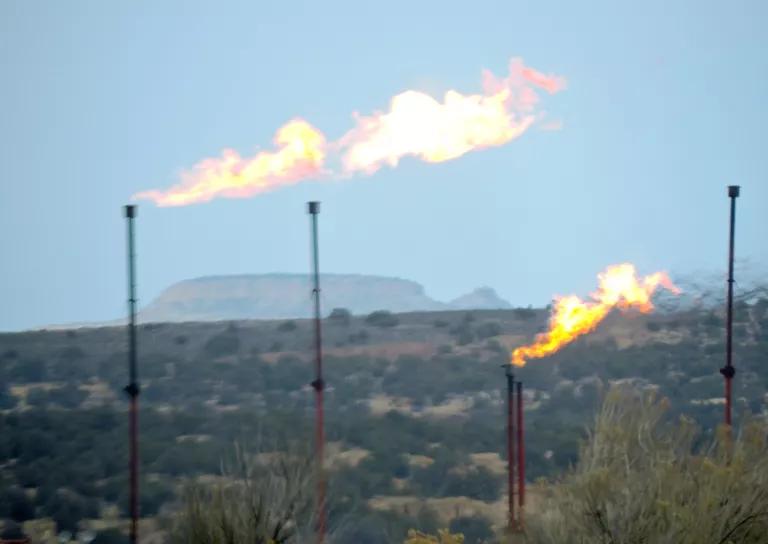
Fracking on public lands in the Greater Chaco of northwestern New Mexico, a region also referred to as the "San Juan Basin"
Protecting Clean Water
Indigenous Peoples are at the forefront of fighting recent rollbacks of the Clean Water Act. In a pair of cases—one brought by six Tribes and the other by the Navajo Nation—the courts invalidated a “Dirty Water Rule” that endangered the country’s wetlands and millions of miles of streams. “Proper federal regulation protects wetlands and headwater streams from irreparable harm and destruction. It also protects our history, our culture, and our people’s way of life,” said Gunnar Peters, Chairman of the Menominee Indian Tribe of Wisconsin in a press statement.
Similarly, the Suquamish Tribe, Pyramid Lake Paiute Tribe, and Orutsararmiut Native Council sued the U.S. Environmental Protection Agency (EPA) over a rule that weakened the ability of states and tribes to protect their waters from projects like pipelines, hydroelectric dams, and wetland fills. “In order to maintain the Suquamish Tribe’s values and traditions, we will take action to protect, maintain, and preserve our ancestral waters that have supported subsistence, cultural, and commercial uses since time immemorial,” said Leonard Forsman, Chairman of the Suquamish Tribe and president of the Affiliated Tribes of Northwest Indians. In part due to the Tribes’ staunch advocacy, the Biden administration recently announced that it plans to revise the rule.
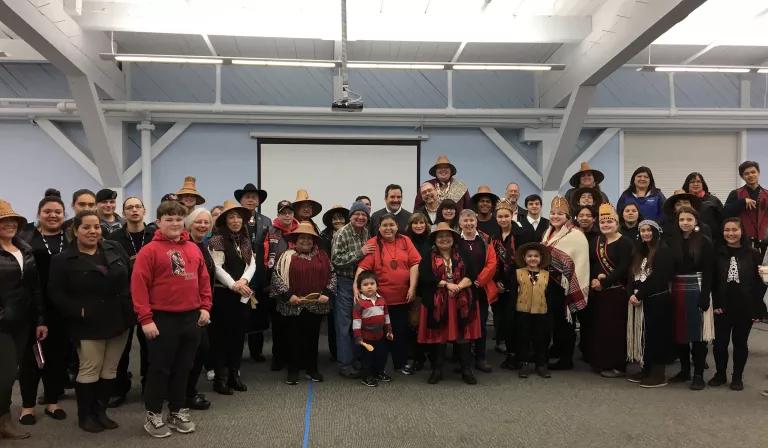
Members of the Suquamish Tribe with Leonard Forsman, chairman of Suquamish Tribe and president of the Affiliated Tribes of Northwest Indians (back row, center)
Washington State DOT
In Bristol Bay, Alaska, Tribes are continuing to lead the fight to permanently protect the treasured watershed from large-scale mining like the proposed Pebble Mine—a giant gold and copper open-pit mine that would destroy the greatest wild salmon fishery on the planet. They have helped lead one of the most diverse coalitions in an environmental battle, working alongside commercial and recreational fishers, hunters, businesses, faith leaders, and nonprofit organizations to stop Pebble Mine. “The salmon are a part of our life and who we are as a people,” says Gayla Hoseth, who is a chief on the Curyung Tribal Council and director of Natural Resources at the Bristol Bay Native Association, which represents 31 Tribes in the region. “It’s about what's really important to us: the land, our culture, our subsistence way of life.” The Tribes are urging the EPA to use its authority under Section 404(c) of the Clean Water Act to issue permanent protections for the region.
Wildlife Protection and Recovery
The Indigenous territories that make up about 22 percent of the world’s land surface hold 80 percent of the world’s remaining biodiversity. And while biodiversity is under threat everywhere, it is declining more slowly in areas managed by Indigenous peoples. Every direction you look, the ways to stop the mass extinction of species are deeply tied to the knowledge and practices of Indigenous peoples.
The Columbia River basin, for example, was once the greatest salmon-producing river system in the world, but today many of its salmon populations are nearly extinct. The impact this has on the region’s Indigenous peoples is hard to overstate. “As a salmon-based culture, all of our life is wrapped around this species,” said Dr. Sammy L. Matsaw, a Shoshone Bannock Tribes fisheries biologist on a recent panel. But there is hope because of the long-standing dedicated leadership of the region’s Tribes.
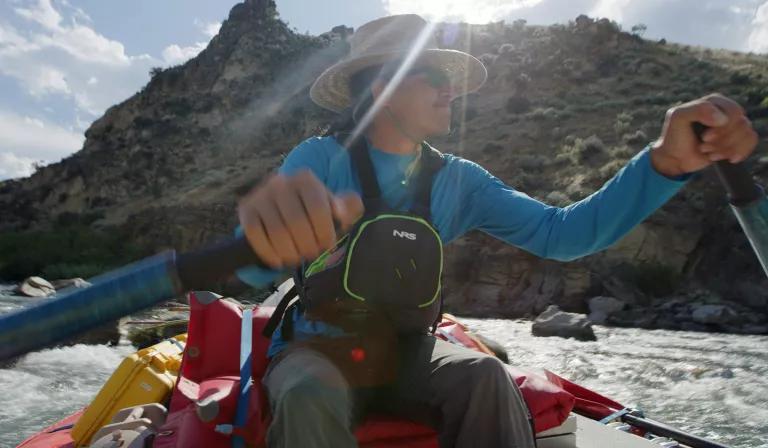
Courtesy of River Newe
The Columbia River Inter-Tribal Fish Commission (CRITFC) and its four member Tribes have developed a restoration plan called Wy-Kan-Ush-Mi Wa-Kish-Wit (Spirit of the Salmon). “This plan integrates traditional ecological knowledge with Western scientific principles to holistically address the ecological needs of anadromous fish species in the Columbia River basin throughout their life cycles,” shared Aja DeCoteau, the Interim Executive Director of CRITFC. “Recognizing the importance of place and its relationship to the human cultures and communities that depend on it, Wy-Kan-Ush-Mi Wa-Kish-Wit has helped halt salmon declines and has reshaped management within the Columbia River basin.” From scientific studies to habitat restoration projects to the courtroom, the Northwest tribes are leading the fight to bring this culturally and ecologically critical fish (as well as other wildlife) back from the brink.
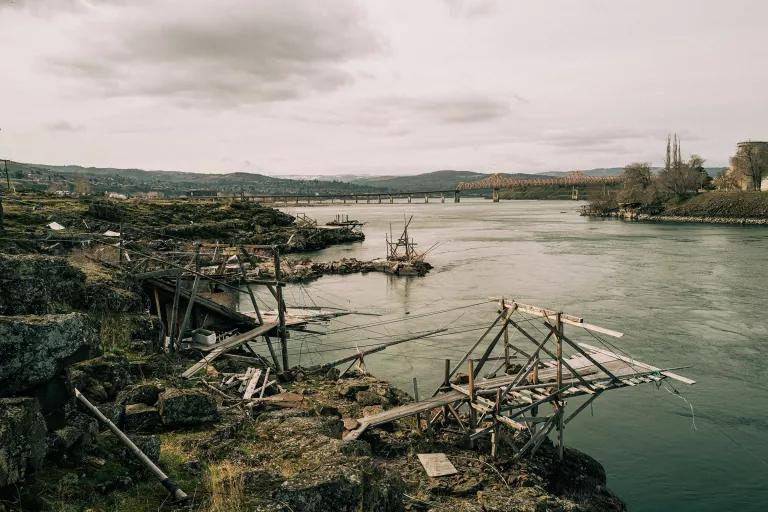
Josué Rivas for NRDC
Land-Based Stewardship
Indigenous peoples have been leading on the protection and restoration of carbon-rich, biodiverse forests and other ecosystems essential to fighting climate change and species collapse. In Canada, First Nations such as the Łutsël K'é Dene First Nation and Cree Nation have been advancing new visions of Indigenous-led land protection that centers Indigenous self-determination and nation-building. Through Indigenous Protected and Conserved Areas (IPCAs) and a growing Indigenous Guardians Network that employs Indigenous experts to serve as the “eyes and ears” across their traditional territories, Indigenous communities and leaders are centering their knowledge, laws, and traditions in land management and stewardship to safeguard climate-critical places like the boreal forest. And in Southeast Alaska’s Tongass National Forest, Indigenous communities have long led efforts to protect and preserve the nation’s largest temperate rainforest.
Averting the worst impacts of climate change and addressing the biodiversity crisis will require transformative change in our society and around the globe to respect the knowledge, secure the rights, and uplift the agency of Indigenous peoples. Indigenous Peoples’ Day serves as a reminder to acknowledge past and present injustices inflicted on the land’s first citizens and to support Indigenous leaders and their extraordinarily powerful voices for wildlife, water, and a healthier planet for all.

